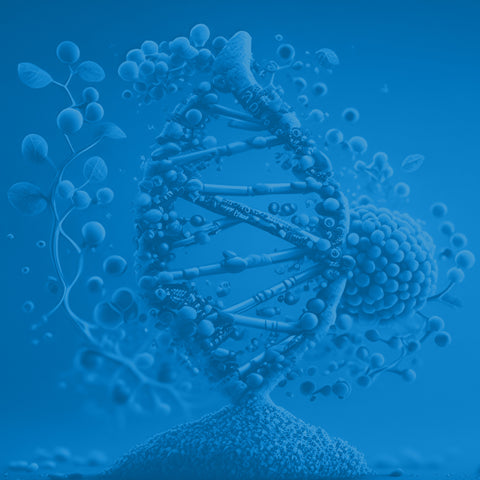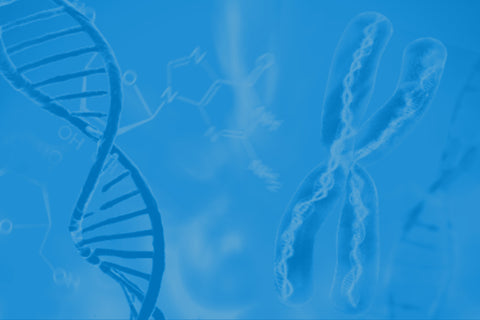Learning & education: methylation

In our previous article, we learned about a detailed overview of epigenetics. This article will discuss the three main epigenetic signatures (DNA methylation, histone modification, and non-coding RNA), how they are regulated, and how their disruption causes diseases. For a more clinical approach, check out the Epigenetics Module of the Health Optimization and Practice (HOMe/HOPe) Essential Certification here.

For eternity, the biggest question in the mind of scientists is how a complex organism is formed with varied types of cells from a single fertilized egg. With the discovery of chromosomes and the establishment that DNA is the heredity material, scientists became curious to know how more than 100 cell types originate from a single DNA sequence in humans.

Methylation is the addition of a methyl group (consisting of one carbon atom bonded to three hydrogen atoms) to a substrate, and it impacts physiology in a number of fundamental ways, including the regulation of gene expression (i.e., epigenetics), RNA processing, modifying heavy meals, modulating the function of an array of different proteins, and much, much more.
